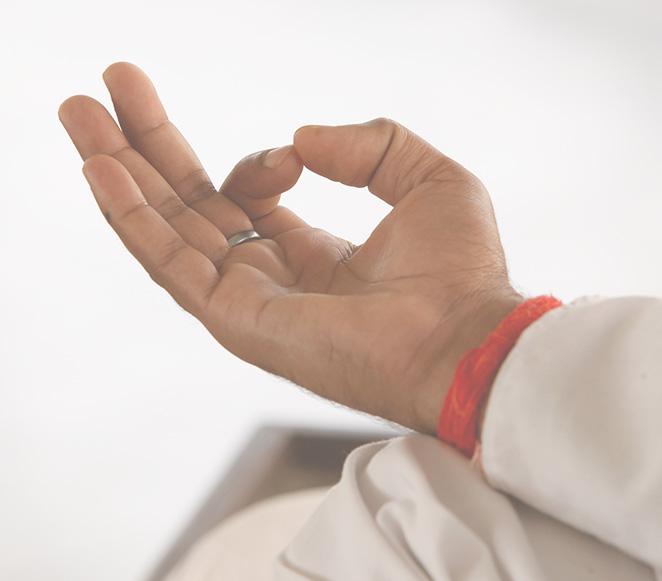Ayurveda and Samkhya philosophy are two sciences linked by the wisdom inhabiting the thought of the ancient Indian Vedas.
Each making its own contribution to the understanding of life, health and the universe, of their interdependence and synergistic evolutions, they are another definition of homeostasis, both philosophical and medicinal.
Origins and history of Samkhya philosophy
The earliest concepts of Samkhya are associated with the legendary sage Kapila, considered its founder around 550 BC. Several schools of thought emerged in this period of Indian history to explore the nature of reality and human consciousness.
His philosophical and metaphysical reflections are rooted in passages from the ancient texts of the Vedas, a body of wisdom dating back over 5,000 years. Over time, various thinkers and intellectuals have added nuances and in-depth explanations to the fundamentals of Samkhya.
Patanjali, one of the highest figures in yoga, assimilated the Saṃkhya with the practice of yoga. These two philosophies are very often associated, as their development seems to stem from the same source of thoughts on the ethics of the "yogi", the seeker of truth.
Samkhya has also been analyzed by other Indian thought movements such as Vedanta, and has even influenced Buddhism and Hinduism to some extent.
Many aspects of Indian culture today are imbued with this philosophy of the quest for liberation from suffering.

Fundamental principles of Samkhya
Two distinct notions in Samkhya are to be understood and "meditated upon": Purusha and Prakriti.
Prakriti represents nature, made up of primordial material elements and dynamic energy. Purusha, on the other hand, is spirit, unchanging and conscious.
The union of Prakriti and Purusha is at the heart of both the manifestation of the universe and the conception of human consciousness. This is reminiscent of Genesis' "And the Word became flesh" in another line of thought.
Samkhya philosophy also offers a vision of liberation (Moksha): realizing the illusory nature of identification with matter and understanding immutability.
The main aspects of psychology, such as cognition, behavior, personality, emotions and will, are among the explanations studied in Samkhya. It has been the inspiration for various religious and social ethics, putting forward the moral conditions leading to a life of peace and harmony, renouncing violence, passions and inertia.
It is certainly because certain religious or philosophical movements have referred to Samkhya as their inspiration that it has never featured in Western theology or psychology textbooks.

Links between Samkhya and Ayurveda
The detailed vision of reality, from the origins of the universe to human psychology, is revealed in both the Vedas and the Samkhya.
The echoes that Samkhya echoes from the Vedas are, of course, also found in Ayurveda.
More recently, Samkhya has made understanding the principles of biology in Ayurveda more intellectually accessible.
The concepts of Purusha and Prakriti are also intimately linked to the philosophy of health in Ayurveda. Health is seen as the harmony between mind (Purusha) and body (Prakriti), underlining the importance of maintaining this balance for a healthy, fulfilled life.
It also lays the foundations for the principles of biology. Creation is not seen as an emergence from nothing, but rather as a transformation of Prakriti under the constant observation of Purusha.
Every phenomenon in this world is composed of the five primary elements (earth, water, fire, air, ether) that make up its Prakriti. Their distribution, concentration and association allow us to name criteria of "biological humors", the Doshas (Vata, Pitta, Kapha). And three modes of influence - Sattva (purity), Rajas (activity) and Tamas (inertia) - help these elements evolve.
By delving into the depths of ancient Samkhya thought, we are offered an elaborate metaphysical system of the workings of our universe that still awakens our consciousness today.
This empirical model remains a rich resource for academic research in psychology and biology. Regular trials of yoga and meditation in hospitals, schools and businesses have already demonstrated their effectiveness.






